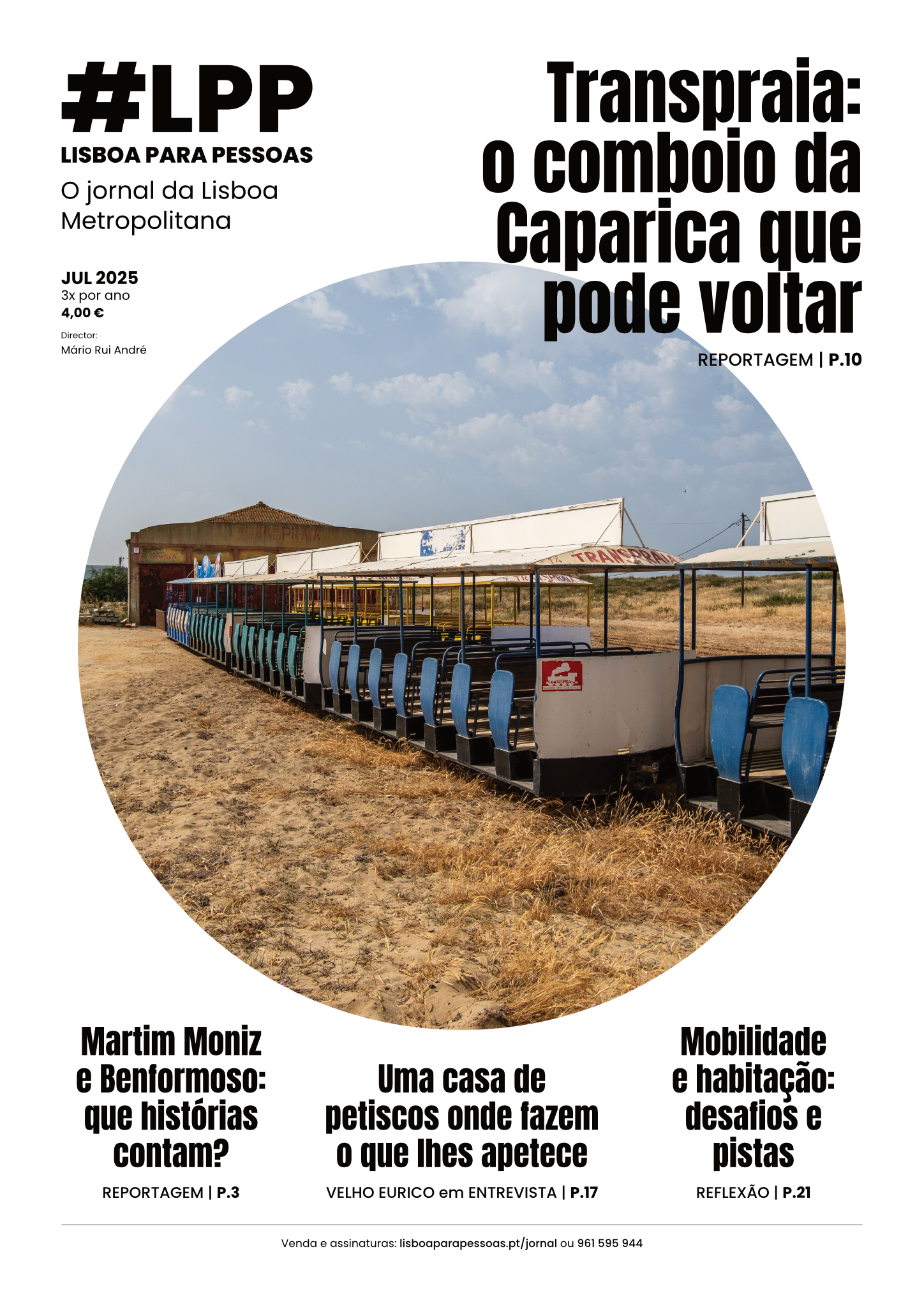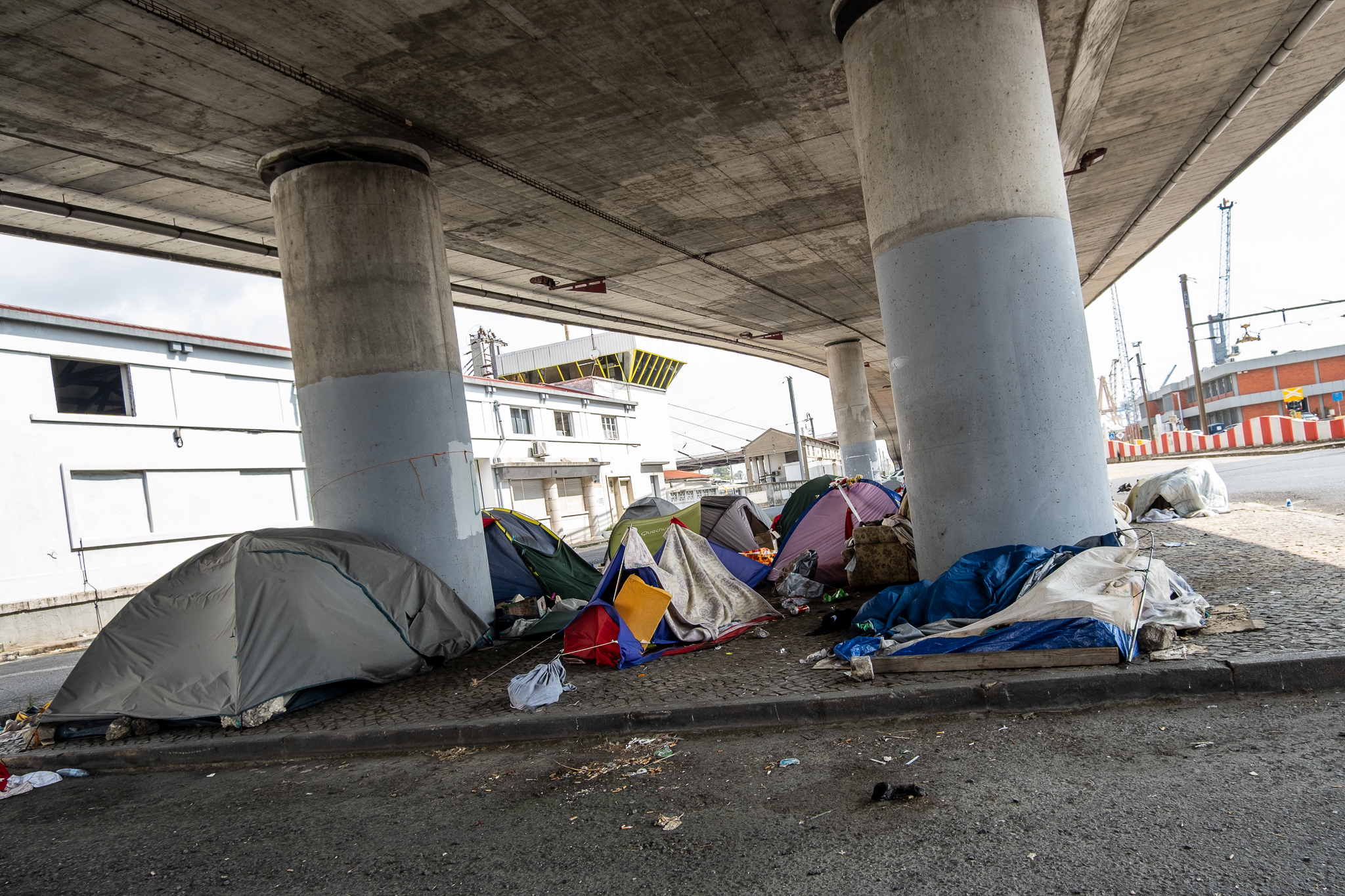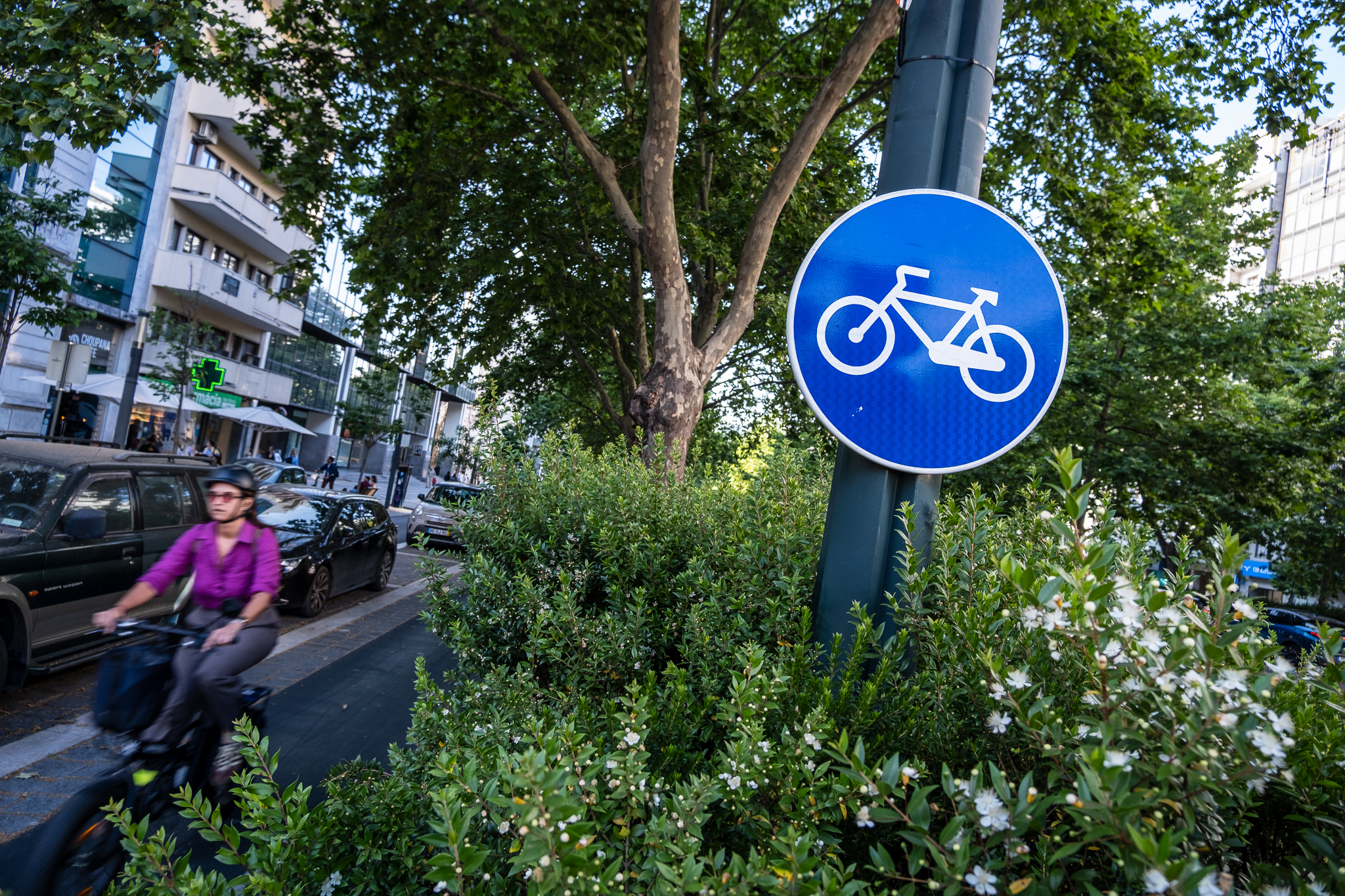Associations and other organizations dedicated to active mobility, urban planning and the environment are asking the National Road Safety Authority (ANSR) for clarification on the legality of parking cars on sidewalks, and are demanding measures that "protect the most basic right to walk".

A dozen associations linked to active mobility, urban planning and the environment have joined forces with some informal movements and individuals to call for the National Road Safety Authority (ANSR) clarification on the legalization of car parking on the sidewalkwhich falls under the Traffic Signaling Regulation (RST). The collective calls for "measures to protect the most basic right to walk".
In a letter sent last week to the National Road Safety Authority (ANSR), the associations and other organizations have asked ANSR, the regulator responsible for road legislation, for a "legal clarification on this matter", calling for legal and administrative measures to be taken to remove the signage from the Traffic Signs Regulations (RST) which "allows vehicles to park on sidewalks, contrary to the rules of the Highway Code“.

The group refers specifically to three signs - the models 12c, 12d, 12e e 12f - which, when applied under the iconic blue "P", allow the total or partial parking of cars on the sidewalk. In Lisbon, these signs can be found in some of the city's streets and avenues. Not only in Restelo neighborhoodin Belém, where the issue has been controversial recentlybut also in Almirante Gago Coutinho Avenuein Alvalade/Areeiro, in the Calçada da Tapadain Alcântara, in the Avenida das Descobertasin Belém, at Calçada das Necessidadesin Estrela, in Dom Carlos de Mascarenhas Streetin Campolide, and in Avenida do Brasilin Alvalade.
"This signage, which exists in the Traffic Signs Regulations (RST), goes against the rules of the Highway Code and various national and European legal instruments, such as the National Strategy for Active Pedestrian Mobility 2030, the National Road Safety Strategy 2021-2030, the Legal Framework for Accessibility or the European Urban Mobility Framework. And because it is incompatible with legal and constitutional rules and principles (such as the freedom and safety of all people), it undermines the coherence of the system, legal certainty and security, and therefore cannot remain in our legal system."According to a statement sent to the media, the collective believes this.
The group is made up of the following entities:
- ACVI - Independent Living Center Association
- ACA-M - Association of Self-Mobilized Citizens
- APSI - Association for the Promotion of Child Safety
- MUBi - Association for Urban Mobility on Bicycles
- ZERO - Sustainable Earth System Association
- Braga Ciclável - Association for Urban Mobility by Bicycle
- Ciclaveiro - Association for Urban Mobility by Bicycle and NGO-A
- Rare Species on Wheels (@especierarasobrerodas)
- Estrada Viva - League of Associations for Road Citizenship, Safe and Sustainable Mobility
- FPCUB - Portuguese Federation of Cycle Tourism and Bicycle Users
- GARE - Association for the Promotion of a Road Safety Culture
- GEOTA - Spatial Planning and Environment Study Group
- ICVM - Institute for Cities and Towns with Mobility
- Active Mobility Porto (@mobilidade_ativa_porto)
- The Future Design of Streets Association
The associations are also calling for created "rules that prevent the use of pedestrian space for parking vehicles and widening roads, either by physically reducing sidewalks or by painting or other devices", as is happening recently in Corroios. The group's suggestion is that these standards be defined in the law that regulates accessibility conditions in public spaces, the Decree-Law 163/2006. Another demand relates to the introduction of specific financial penalties for those who park on continuous yellow lines parallel to the sidewalks - a situation that is not provided for in Article 65 of the RST, where fines are defined for various offenses.
Give priority to walking

In the letter sent to ANSR, the collective recalls that in 2013 it was given "a step forward by expressly enshrining the protection of vulnerable road users in the Highway Code"like pawns. "Specifically, the EC exclusively reserves the space dedicated to pedestrians, on sidewalks and in other places intended for them, and imposes particularly heavy fines on offenders"he believes. He says that this EC logic has been reflected in various national strategies, plans and commitments, from the field of active mobility to road safety, the so-called "active and healthy ageing", and emission reduction targets, and that it is necessary to "the adaptation of all legislation that could influence these objectives".
For associations, the the existence of signs on the RST authorizing car parking on sidewalks "has served to normalize a structural problem in the organization of public space in Portugal, which would require diametrically opposed measures to discourage the (ab)use of the car". In the group's view, the Traffic Signs Regulations and the Highway Code need to be revised in line with the assumed strategies and goals, so as to discourage restrictions on pedestrian mobility, guarantee universal accessibility, promote pedestrian safety and protection, and also encourage walking as a form of transport and as a decisive complement to the use of public transport.
Collectives indicate that even when they are not busy with cars, "sidewalks are difficult or even impossible to move around in" in Portugal, "whether due to insufficient width, poor choice of materials or poor maintenance, plus the tendency to install a large part of the equipment and street furniture in the pedestrian channel". "This affects the mobility of citizens without any motor difficulties, and, more importantly, all those who, momentarily or permanently, suffer from any problem that makes it difficult for them to get around."








